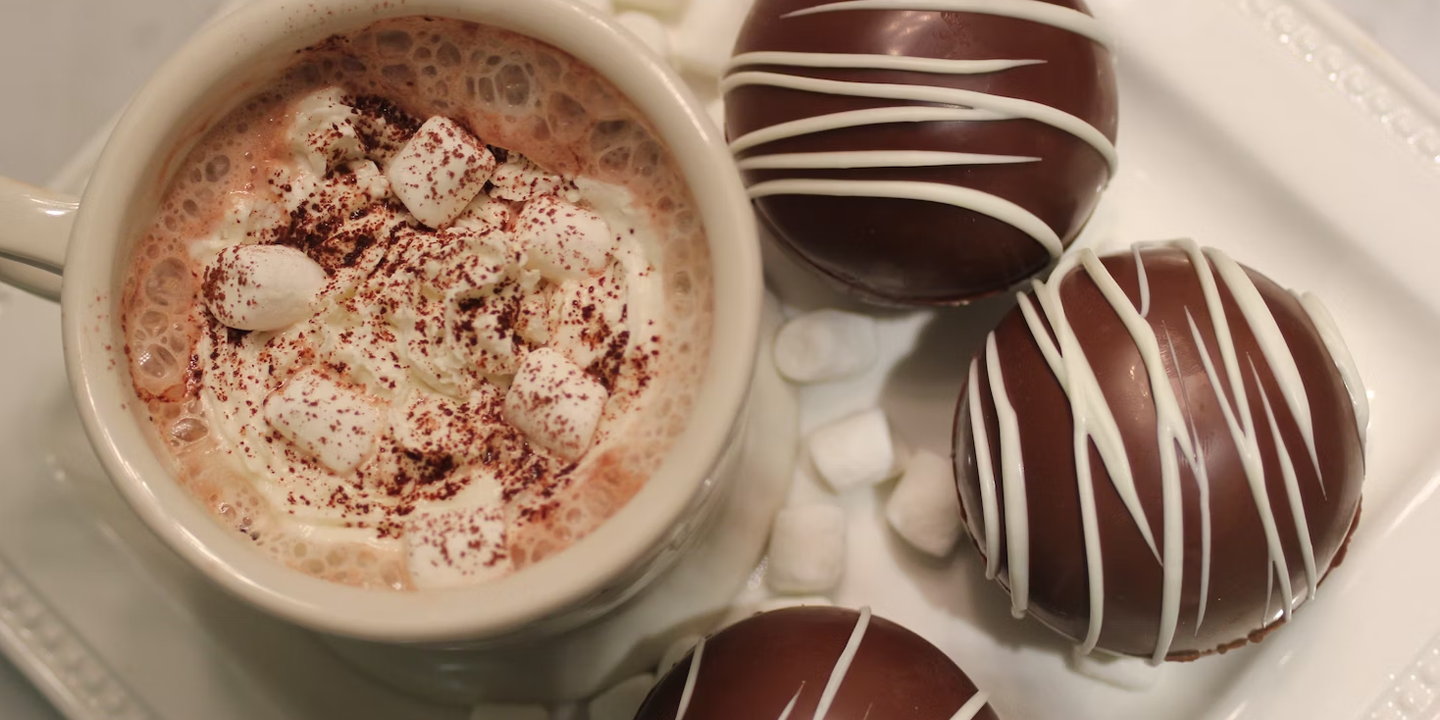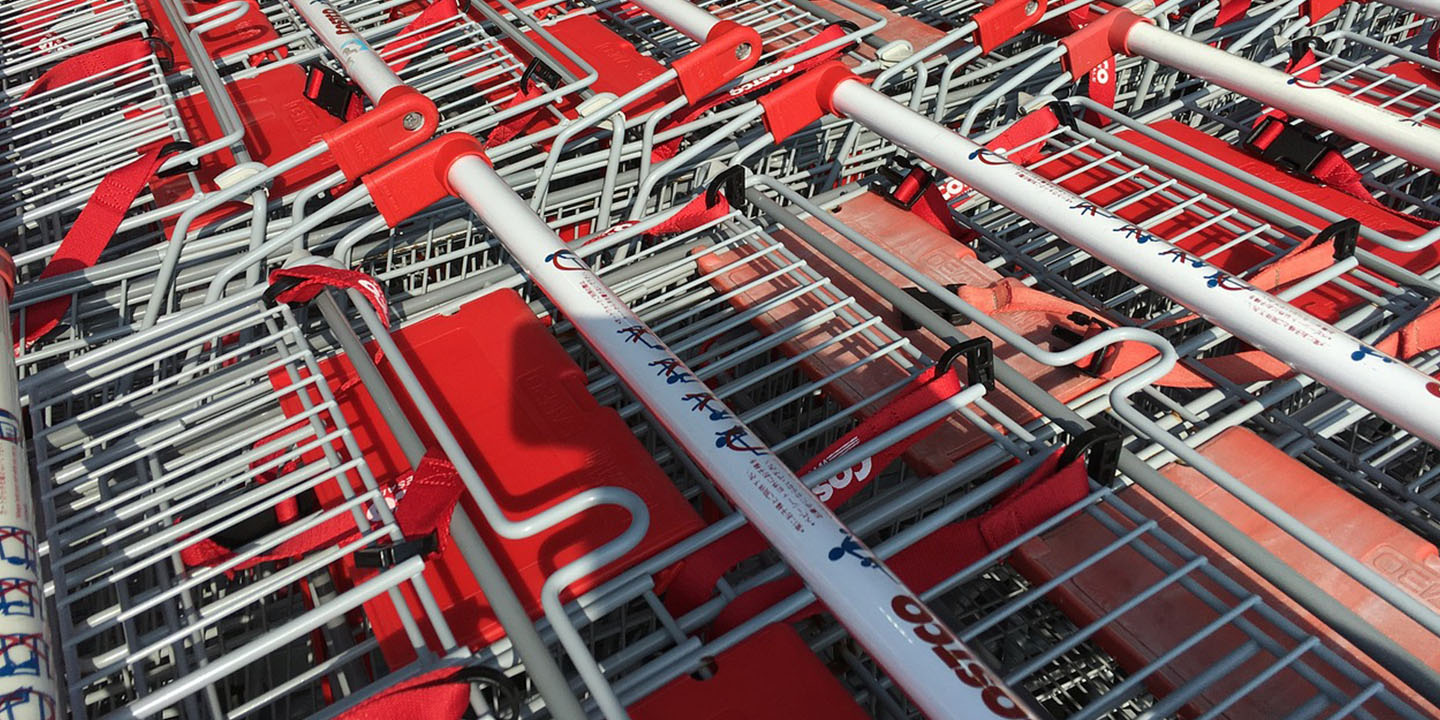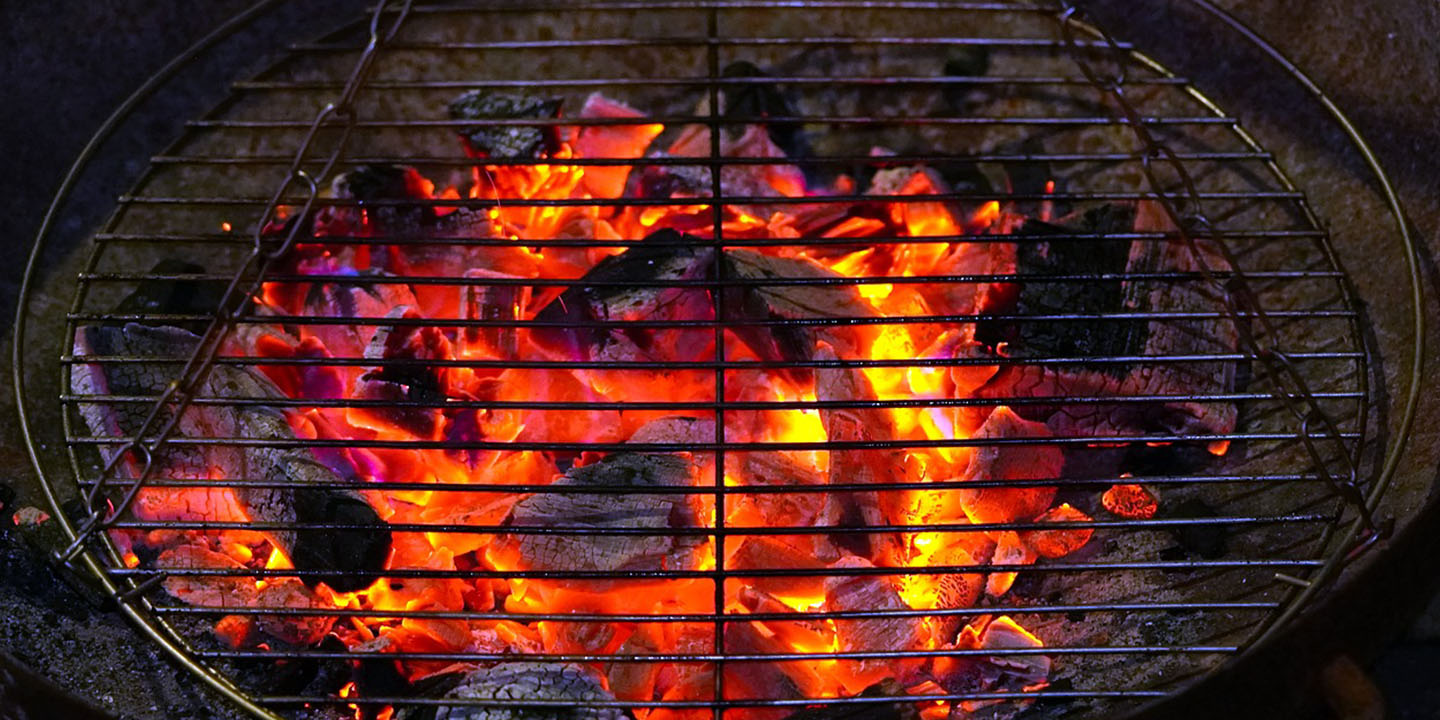In the U.S., pumpkin spice has become the unofficial mascot of autumn. Every autumn, cafés, bakeries, and grocery stores fill their menus and shelves with pumpkin-spiced items. It felt innocuous at first, a simple seasonal flavor, only for it to blow up and become much more than just a fad.
The pumpkin-spiced movement has birthed countless memes, arguments, and an army of loyal fans. It's even spawned spin-offs into other autumnal flavors. But how did this evolve from spicing fancy coffees with a touch of pumpkin into a trend that generates millions of dollars every year? The answer resides in a mix of brilliant marketing, nostalgia, and timing.
Blame or Thank Your Love of Autumn
Flavoring food with pumpkin spice isn't new. Its blend of nutmeg, cinnamon, ginger, cloves, and allspice has been used for centuries, mostly in desserts like pumpkin pie. The pleasant taste and aroma of these spices weren't enough for pumpkin spice to become ubiquitous. It required the right marketing and distribution plan.
The modern iteration of this craze started in 2003 when Starbucks brought the Pumpkin Spiced Latte to market. They had no idea that it would succeed, let alone become one of their defining menu items. However, early taste tests produced positive results with people claiming that it tasted like the fall, setting the stage for one of the most important beverage launches of the 2000s.
Starbucks, and then its competitors, leaned into the autumn marketing. They made consumers feel like a pumpkin-spiced latte was as central to the season as falling leaves. As it turns out, this was quite the easy sell.
Rising on the Heels of Social Media
Somehow, Starbucks' Pumpkin Spice Latte was "instagrammable" before that was even a thing. Its rise in popularity paralleled that of social media, where aesthetics and rituals were everything. Seasonal content was instantly shareable, and anyone selling something with pumpkin spice stood a good chance of driving social media activity.
When launched at the right time, pumpkin spice reminds us of the mood and warm vibe of the fall. We picture a roaring fire, comfort, looking great in a sweater, and everything that season brings. Once the market was established, it didn't take long for others to get in the game. There were pumpkin-spiced cereals, cookies, and coffee creamers. Even niche markets, like candles and lotions, were trying to cash in.
Driven By Nostalgia
Starbucks marketed its pumpkin-forward drinks based on the power of nostalgia, convincing people that it was a cozy treat that would only be available for as long as the season lasted.
Nostalgia for the fall and the memories we made during that season were a huge driving force behind the success of pumpkin-spiced drinks and baked goods. The warm spices of this flavor remind us of our family gathering for a Thanksgiving dinner, holiday baking, and seasonal change from sweltering heat to crisp, rejuvenating air. Ultimately, pumpkin spice offers emotional comfort during our hectic lives.
The return of pumpkin-spiced products signals that a new season is upon us, meaning it creates its own cycle of buzz every year without marketers having to lift a finger. Therein lies its true power.
The culture of pumpkin spice isn't slowing down. In fact, it's growing by the year. This simple seasonal beverage is now synonymous with being cozy on an autumn day. While some feel that it's gone too far, like being used in deodorant, the craze and hype have sustained for a long time and will continue to do so.
KEEP ON READING

20 Food-Related Art Projects








